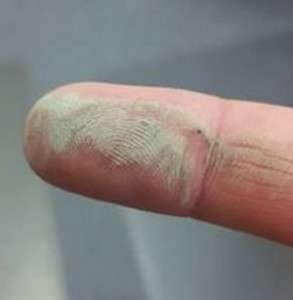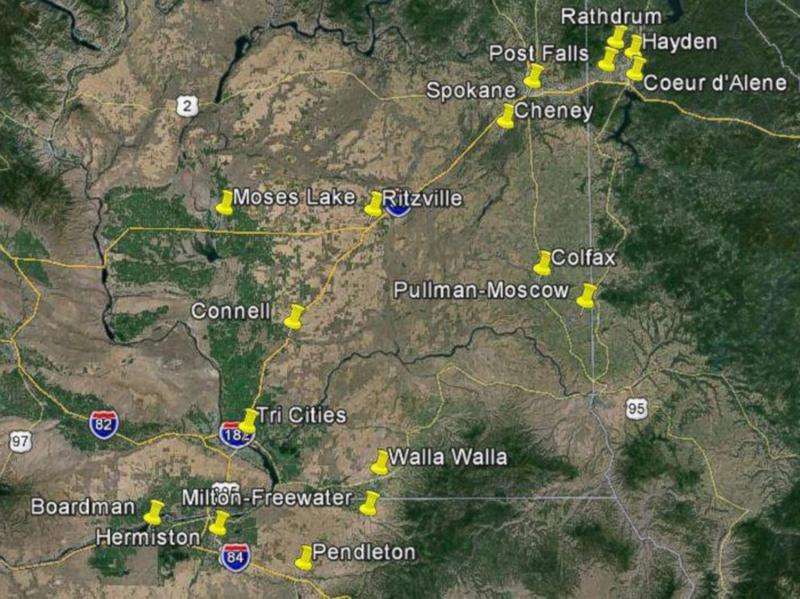Salt, scientists solve milky rain riddle

CNN News called it a "good old-fashioned weather mystery." Scientists at Washington State University are calling it case closed.
The riddle of the milky rain that pelted parts of the Pacific Northwest on Feb. 6 and stumped meteorologists from Spokane to Atlanta appears to be solved.
After reviewing meteorological data – along with test results from samples taken of the whitish substance – a multidisciplinary group of scientists at WSU has ruled out these trending theories: ash from faraway volcanic eruptions, ashy debris from last year's wild fires and fallout from a Nevada dust storm.
They believe the source of the mysterious rain was a shallow saline lake in southcentral Oregon, some 480 miles away.
The test sample's high sodium content, combined with an analysis of global and regional wind patterns during that time period, point to a severe dust storm that whipped up sand and soil at Oregon's remote Summer Lake. The light-colored particles were carried north by strong southerly winds and then dragged down by a rainstorm over parts of Washington, Oregon and Idaho, the scientists conclude.
"A lot of sodium was in that milky rain. The chemistry is consistent with a saline source from a dry lake bed," explained WSU hydrochemist Kent Keller, who interpreted sample results taken in February by the Benton Clean Air Agency in Kennewick, Wash.
Two geologists and an air quality scientist concur.

"At first we suspected it was related to wind erosion of landscapes that had previously burned, but the wind trajectory analyses didn't add up," said Brian Lamb, who runs the university's Laboratory for Atmospheric Research.
Nor did the trajectories add up when traced to two suspected volcanic eruptions that occurred the same week, one in Russia, the other in Mexico, said WSU meteorologist Nic Loyd.
"The strongest upper level winds didn't reach this region on a direct line from Russia or Mexico. Instead, the air flow was locally from the south," he explained.
And that flow arched directly to Summer Lake where, the night before the milky downpour, a dust storm clocking 60 mph winds struck.

"That would have been powerful enough to lift a good-size dust plume," said Loyd.
The resulting rainfall spurred complaints of chalky residue coating windows and vehicles in at least 15 cities, ranging from Richland and Spokane, Wash., to Hermiston, Ore.
A similar meteorological mystery unfolded seven years ago in southern New Mexico. The substance's content, also high in sodium, was eventually linked to dust carried from a dry salty lake bed 120 miles away, according to news accounts.
Provided by Washington State University


















